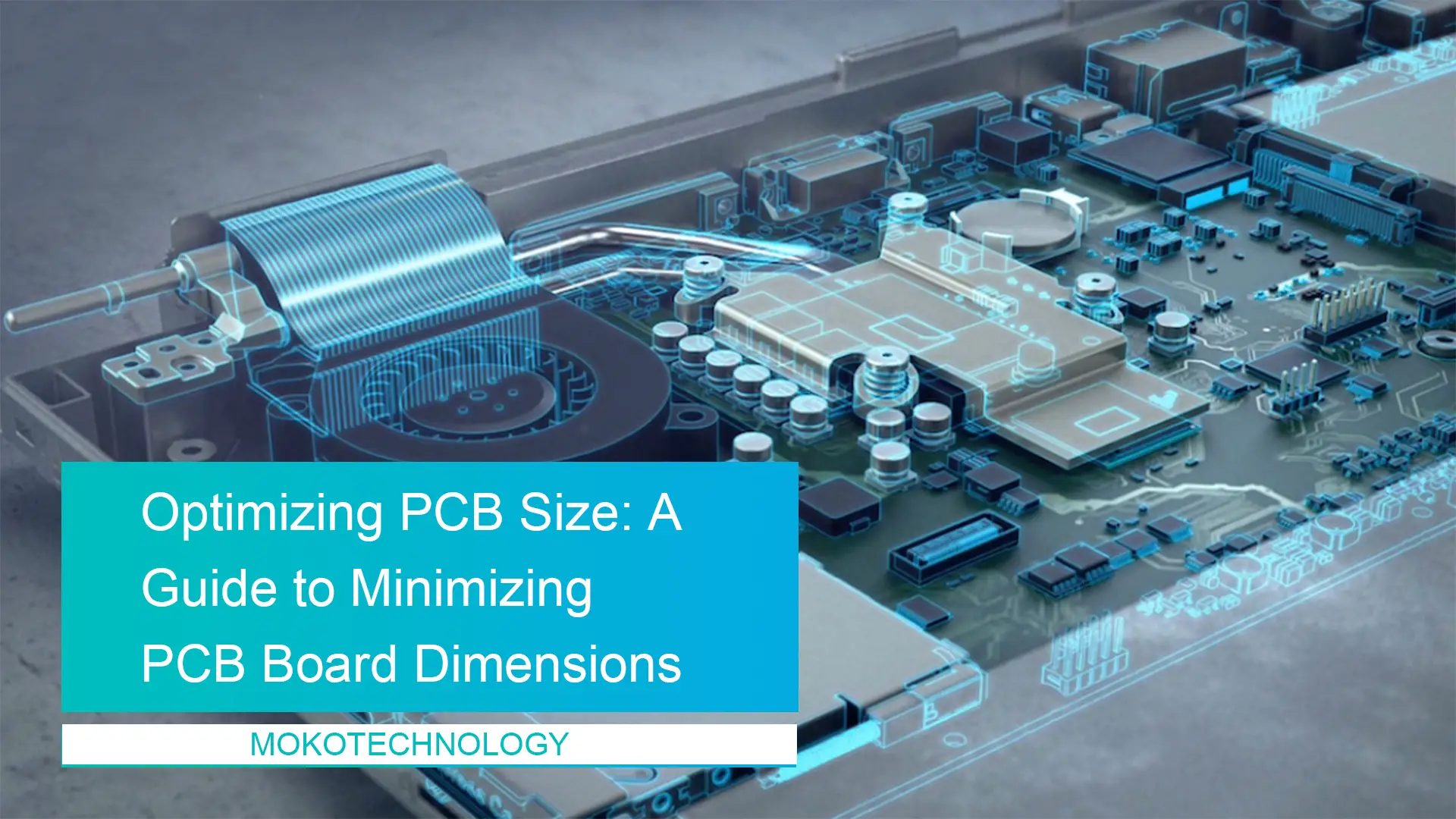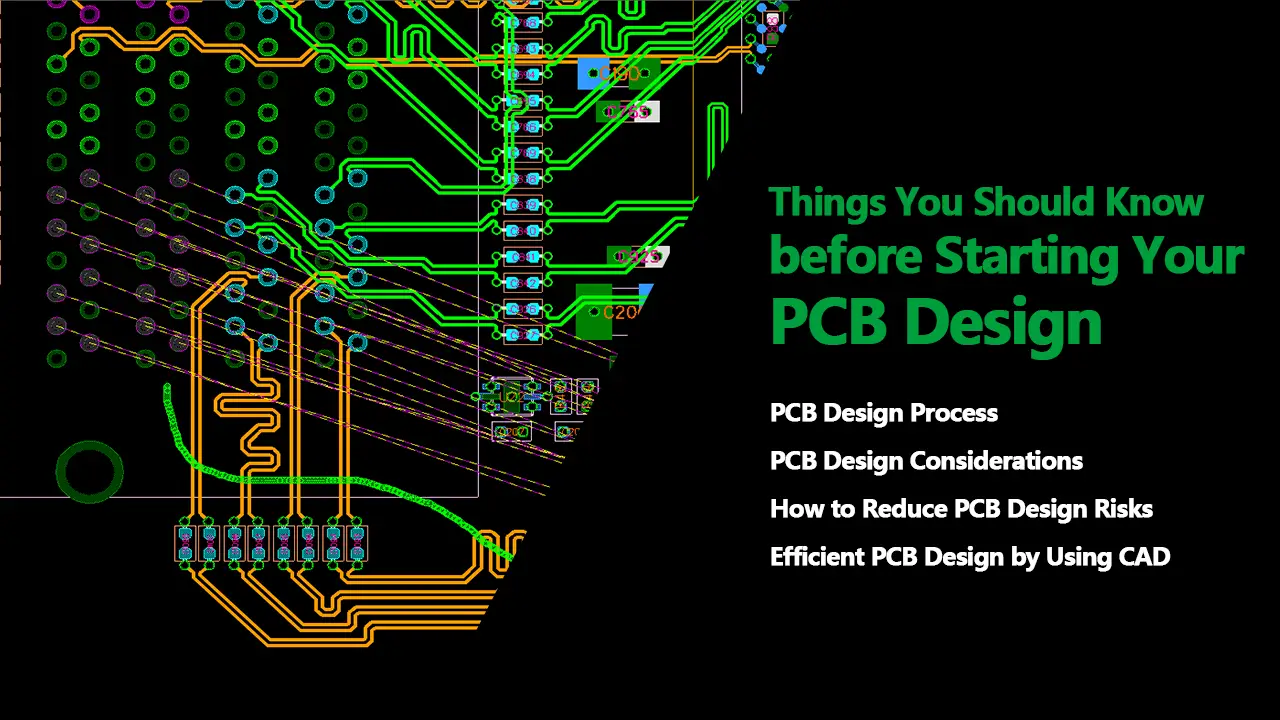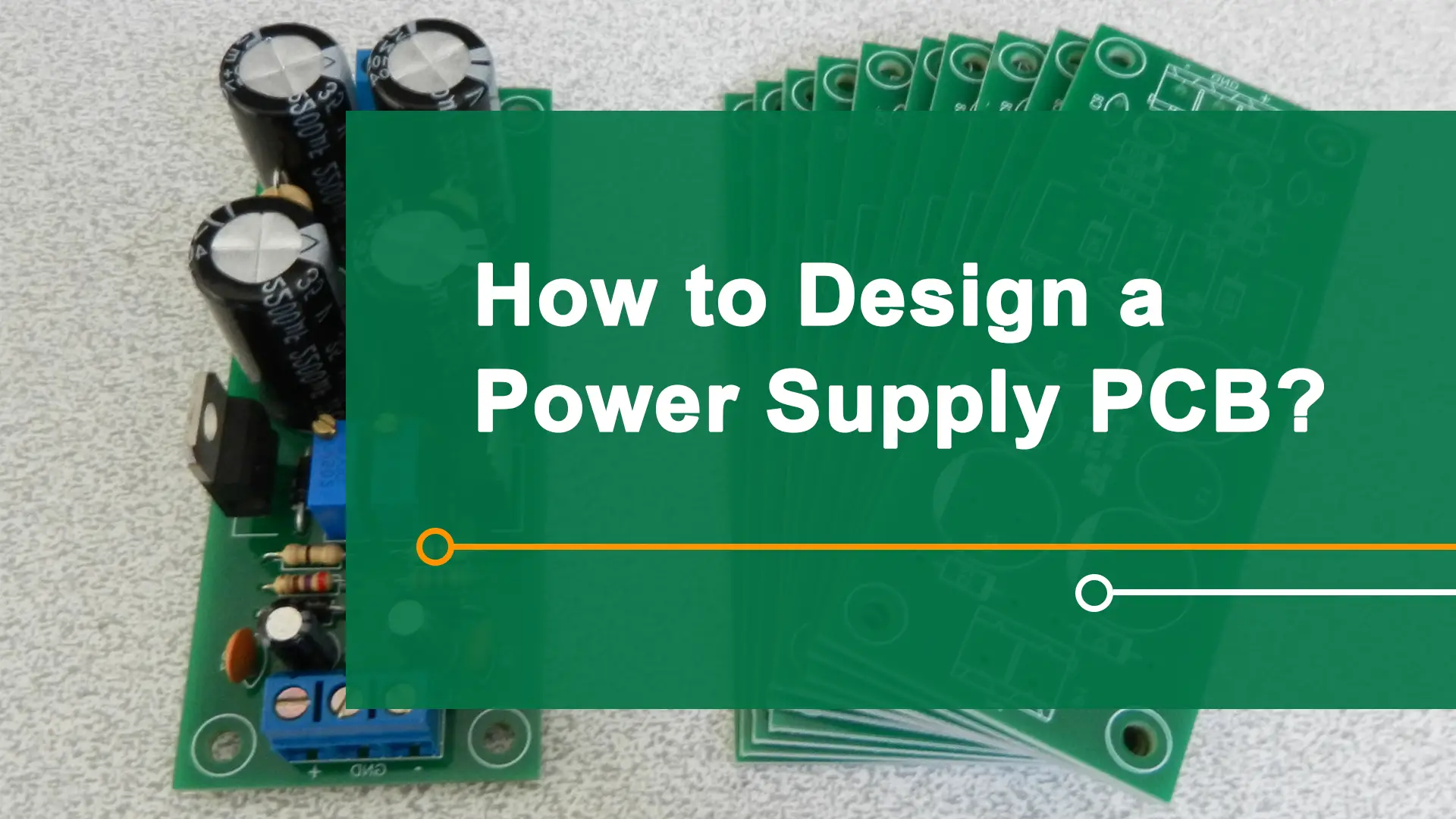Common enough. The process is called “Z-axis milling“. Used for LEDs sometimes too.
You can even bury low-profile parts such as bypass capacitors and resistors in cavities entirely within multilayer PCBs.
It requires extra steps so expect extra costs or MOQ or both. For small quantities the costs may be prohibitive, even from China.
Read More: LED PCB Assembly
#PCB Design



